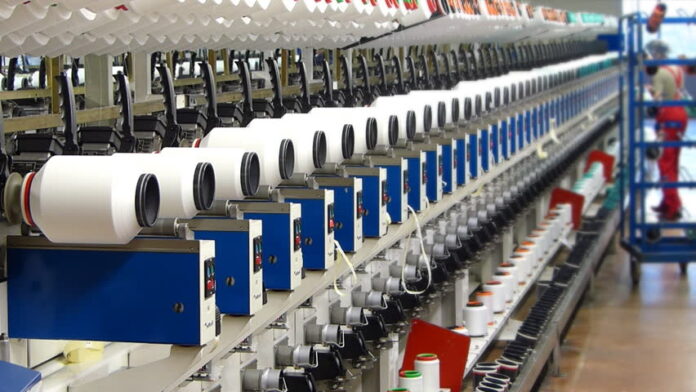The textile industry, Pakistan’s single largest export earning market, has increased production to pre-Covid-19 full-capacity levels, as a major improvement in the country’s pandemic containment has led global buyers to partially redirect their orders to domestic producers.
However, the much-needed growth in textile production is achieved by a major jump in the import of basic raw materials – cotton and man-made yarn – following the recent heavy rainfall and pest attack that damaged significant portion of cotton crops in the fields to a multi-year low.
On the whole, the textile industry in Pakistan operates outstandingly, in a far better position compared to regional rivals as well. There are world buyers who have diverted their orders from China, India and Bangladesh to Pakistan for various reasons including U.S.-China trade war and halt production in India with Covid-19 crisis worsening there.
The number of export orders in export countries and regions, including the US and Europe, could increase in the time to come with recovery from the pandemic. They are battling the second wave of the pandemic, though some of them have instituted lockdowns again to deal with the current situation.
Pakistan is expected to import five million bales (225 kilograms each), equivalent to a projected local production of eight million bales (150 kilograms each) this year, with imports projected to cost about $1.8 billion.
As per the Pakistan Bureau of Statistics (PBS), Pakistan saw a leap of almost 1,000 percent in dollar-term cotton imports at $67.43 million in August compared to $6.30 million in the same month last year.
In the first two months (July-August) of the current fiscal year 2021, cotton imports increased by 255% Former chairman Dr. Jassu Mal Leemani of the Pakistan Cotton Ginners Association (PCGA) said the recent heavy rainfall damaged 200,000-300,000 bales in Sindh and another 300,000-400,000 bales damaged in Punjab due to pest and whitefly attack in Punjab.
Cotton output is declining after Pakistan achieved record-high output in 2015-16 at around 15 million bales, he added.



